Holtzman Design
Bioclimatic Approach and design philosphy:
1. Satisfying the needs of the client
The first goal of architecture is to satisfy the needs of the client. Study the client and their desired program and thru smart design, make a series of spaces that can improve their lifestyle thru well thought out programmatic design. And during this process to educate the client about design, and about themselves, bringing out through their new space things they didn’t even know about themselves, and create for them a space more wonderful then they could even have dreamed of and at the same time create a building, space that is “Bio-climatic”.
After all, the goal of architecture is in making “useable” spaces for people. A design that should affect all of our five senses in a pleasing and charming way.
2. Interactive space
Design can work in two ways:
1) People have to adapt to their surroundings and work with the building design they are placed in. 2) And another way is that the building can change for the inhabitant. Through exciting new technologies a building that can change as you change. For example, if you are in your “Home Spa”, the space can react with certain mood lighting and music, video, and aroma to enhance the experience.
Our surroundings and spaces are to be designed to help better the clients’ lifestyle, to enhance their lifestyle thru good, smart design thru a series of usable spaces that are aesthetically pleasing, inside, outside, and in between. Spaces that promote well-being with abundant daylight and good air circulation.
We now have the technology to make buildings that are techno-organic that can adapt to our moods, feelings, and emotions, and at the same time help us with task oriented goals: An architecture that is responsive to your environment. One of the inspiring examples that can be part of your home or building is a product called “Sensacell”, an interactive design solution collogues of mine have invented. Lit LED interactive surfaces on feature walls, ceilings and or floors that virtually talk to and from a computer with motion sensors that can react and change the entire mood and feeling of the space with different video, color and imagery, light and music that responds and reacts to your motion and use. In terms of bioclimatics, and biomechanics these “Sensacells” can also help to regulate the temperature and climate of the rooms we are in, as we move about the space.
Truly as Le Corbusier had coined in the early 20’s “The house is a machine for living in.” (Vers une architecture, 1923) and his belief that honesty can be achieved by building according to purpose and employing an architecture that celebrates the accomplishments of technology.
We are at an exciting time when architecture and industrial design have come together, the home as a giant iPAD, buildings that can sense where you are within your space, and environment, and react by changing the lighting effects, temperature, and solar shading control, music and video, to much more.
3. Bioclimatic Design
Good design can be “green” without looking green. The appearance and aesthetics of the building don’t have to look overly mechanical to be green and can be good looking, with simplified and sustainable solutions that are integrated into the design.
Architecture is about humans use of space, their environment effects their lifestyle. “Bioclimatology is the study of the relations of climate and life. Bioclimatic design is design based on bioclimatic principles. The general approach is applicable to all climatic zones but varies depending on the local conditions and latitude of the site.”
Bioclimatics is a term coined by a great influence of mine, Ken Yeang, who has been designing sustainable green skyscrapers and buildings since the 1970;s. He had an interesting saying to critique the green trend, and smart sustainable design: “Good architecture is green architecture”, but it doesn’t mean that all green architecture is good architecture”. And that we still must be good designers to make good buildings.
Bioclimatics promotes a natural sense of well being by making our living spaces more comfortable by controlling climatic conditions in a useable way with passive and active energies systems, saving energy and water, and helping to save our environment by reducing green house gases.
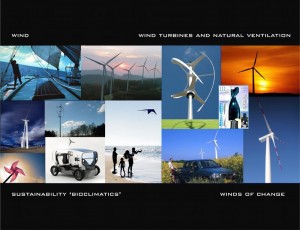
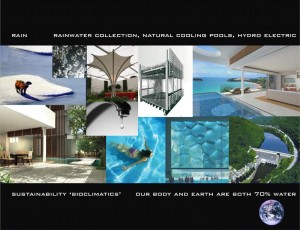 4. Sustainable Design Approach and Projects
4. Sustainable Design Approach and Projects
I tend to have certain basic guidelines as I start a design project that is similar to how Le Corbusier would place his five principles of architecture onto his buildings to maximize daylight, air circulation, free plan, and free facade with simple engineering principals. I first study location, and decide which passive and active systems will be best based on the geography, and climate, as well as site topology. I then apply certain bioclimatic approaches such as “super roofs”, vertical wind turbines, negative pressure cavity cores, solar silicate glass, double skin walls, air pressure up lift, sky gardens hydro and geothermal techniques, as well as green roofs, grey water filtration and ramping. Many techniques I learned from Ken Yeang in the design of his tall buildings.
Sustainable and bioclimatic techniques can work at any scale.
To me, a house or building enclosure should be similar to that of our own bodies.
When we are cold we put on a sweater, which is equivalent to a double skin wall in a building. When it’s raining, we put on a hat, equivalent to a “super roof” on a building. When it’s hot, we put on shorts, equivalent to lifting the building off the ground to help cooling in a natural passive way. All of these are energy techniques that regulate internal conditions and comfort of the building and can have interesting aesthetical design in response to the form and function. Inspired also by past examples, these are not new principals.
Before the invention of the Air Conditioner; we were much more “sustainable” in many ways. For over a thousand of years there are many examples. The Navajo Indians used caves as passive solar devices found at the ruins in the Navajo National Monument, Arizona. The Toraja-houses of Sulawesi, Indonesia has large over hangs and wind collectors built on pilotis for good airflow in hot climate. And traditional Japanese house has “engawa” space with double skin walls and Japanese and Chinese temples have large over hangs.
Navajo National Monument
Large Rock Overhang, and Natural Passive solar orientation
Wind-Collectors, and Natural cooling Toraja-houses of Sulawesi
Large over hangs Japanese and Chinese Temples.
In the past 15 years, I have applied these principles and techniques to my designs of sustainable architecture in large companies such as HOK in NYC, 5+ Design, in Hollywood, CA. and a few other firms. I have applied the sustainable techniques of tall buildings, townhomes, and to the design of custom homes and condominiums.
The reason why I got into sustainable, bioclimatic design comes from socioeconomic events that changed my life and work, leading me to focus more on sustainable design.
Learning that buildings are creating 70% of the worlds energy pollution, prompted me to focus my work on designing sustainable buildings.
In the1970’s, during the energy crisis, my mom sold solar panels and got me interested in passive solar energy at an early age. She was also a metal sculptor and got me interested in pre-fabricated metal structures. The nature of my background and growing up between New York City and Connecticut made me fascinated with the study of both skyscrapers and residential houses. And in terms of form, my dad, Harry Holtzman (1912-1987) was an abstract artist and good friend of Piet Mondrian, and was the biggest design influence of my asymmetrical detailed design style, where every point line and plane had its meaning.
Interested very early on with sustainable design, the first house I designed in 1989 was an adaptive re-use of a 1700’s grist mill, converting it to a private home, an early sustainable design project in which we converted a water sluiceway to harness hydro-electric power.
Studies in sustainable design at Pratt Institute increased my interest in bioclimatic and structural concepts with professors such as Bill Katavalos, Brent Porter and Haresh Lavani. As well as my biggest influence on studies in bioclimatic design- Ken Yeang, a great architect my colleague at Pratt had been working for in Kuala Lampur in the late 1990’s.
A few years later while working at HOK, I was the senior designer for the Fisher Brothers Monahan (FSM) competition, a project of 4.5 million square feet of mixed use residential, office, and retail tower complex on five blocks just south of the United Nations, NYC.
We were invited to design three schemes for five 40-60 high rise buildings, a concept I spear headed and designed to replace an existing Con-Edison energy plant with new structures that would generate their own energy using a “Bioclimatic” approach.
These new high-tech low energy consuming buildings would generate natural power thru the use of wind turbines, silicate solar glass collectors, negative pressure cavity cores, and hydro and geo-thermal heating and cooing exchangers under the east river,
as well as and rainwater collectors and hydrogen fuel generators would be an example of how buildings should be in the future.
Soon after 911 occurred, I took 3 months off from work to design a concept proposal that would use similar techniques in bioclimatic as a response to needing oil in the middle east, where we were going to war with, and trying to help solve new response to the problem of “peak-oil”.
A Proposal for new World Trade Center based on a “Bioclimatic” design approach that includes a 5 tower-5 borough scheme.
Designed as a double compound chamfered triangular structure, the main tower could easily reach the heights equal to or greater than the world’s tallest.
It’s “Bioclimatic” features include wind, solar, geo-thermal, and rain water collectors as well as hydrogen fuel generators and sky gardens for fresh air, to provide an example to the world how buildings should be utilized to harness natural energy in the future.
Placing one tower in each borough to literally and figuratively link the city via wi-fi laser beams, each borough would house a different cultural affair as part of a mega-plan to tie the city together.
These five centers would include commerce, retail, sports, entertainment, and education.
At the base of each of these towers, there would be an open park of Coliseum venue for the public, surrounded by a suspended retail building.
In 2009, I worked as a senior designer with 5+ Design in Hollywood, CA. on an exciting master plan project in Abu Dhabi, U.A.E. with concepts for a sustainable village of 800 multifamily sustainable homes 17 mid-rise towers, and a retail complex. These residential units inclorporated a series of double skin roofs as a solar umbrella’s, solar collectors, green roofs and patterned screen walls to block solar gain, on a site that would connect directly thru geothermal canals to the “Masdar Initiative” sustainable village site with Norman Foster & Associates.
http://www.masdar.ae/en/Menu/index.aspx?MenuID=48&CatID=27&mnu=Cat
In 2008 at a more local scale, a design for a series of eco-sustainable town homes in Cleveland Ohio, as a designer in collaboration with Dimit Architects.
We designed 28 ‘Eco-loft’ townhouses on an inner-city reclaimed Brownfield site in Cleveland’s Little Italy neighborhood. Each compact Eco-Loft features a “green” flat roof terrace with a solar trellis that can provide up to 25% of the heated water equipment for each residence.
http://www.dimitarchitects.com
A more personal application of “bioclimatics” in residential design was The McManus Residence, situalted along the Connecticut River Valley, in Haddam Connecticut: An environmentally responsive building using Photovoltaic Solar Panels, Geo-Thermal Heating/Cooling system, and passive natural energy techniques. The modules of the house are based on a prefab 12’ x 36’ module panel system. The foundation is pored in place concrete with a radiant heat/cooling system.
Designed for a couple that wants a ‘low maintenance’ and sustainable place to retire in, this house also responds to possible future ADA interests; in that it has as a series of ramps to access upper floors which have great views of the nearby Connecticut River Valley. Double roofs are used to eliminate heat transfer and give shade, with large cantilevered overhangs to address solar angles, weather protection, and bioclimatic energy concerns.
The North Side of the house features “wind-walls” to protect against cold northern wind during the winter months. Module ‘’rooms’ can be scaled down into smaller modules to minimize costs in heating during the winter as well. Uplifting the building helps passive cooling in summer.
_______________________________________________________________
A CASE STUDY, IN URBAN SUSTAINABLE DESIGN THE “ADAMS LOFT”, CHICAGO :
5. Adams Loft Project Description – Innovation and Design Process
Green Luxury
Ipad just became Mypad. Design and technology finally understand each other. Human emotions and the house seamlessly integrated. We are at a turning point in interior design, an exciting era where technology and design have become “unplugged”. Before, there was a barrier in design, where the home was a colder place disconnected from human personality, emotion and understanding. Today’s home is an extension of yourself: it can play your favorite music, turn on your favorite lights, set your perfect body temperature, and put on your favorite show all wirelessly.
Overall introduction to the space
This high-end loft project was the product of combing two urban condo units together to make one larger, yet more efficient space. The space was designed as a surgeon’s weekend home as a place to relax in the city, an urban oasis with a feeling of home meets spa, and house as gallery to feature the work of the owner’s extensive art collection.
Usually working on larger exterior design projects, I introduced sustainable concepts more typical to larger commercial projects, to this residential project, more like an urban Villa perched on the 10th floor of a rugged warehouse loft. It is actually more sustainable than a freestanding house, sharing building systems and without having to use potable water for irrigation. And it has a better view at 150′ feet above the ground with a very solid pre existing foundation and ceiling and massive open plan with two foot concrete columns to design within.
Concept 1: House within a House – ENGAWA Concept
The space was conceived of as a “house within a house”. The bedroom areas were pulled away from the outside walls to allow for daylight to fill the entire space, with beautiful city views along a hallway that allows the owner to walk around the entire space. A 40′-0″ long archway with a series of 9’-2″ x 5′-0″ sliding double panel glass doors gives the owner the flexibility to close off bedroom areas from the public space, as well as act as a double insulting wall when temperatures are too cold in winter, or hot summer.
The idea of the double skin wall is actually an ancient one. A time before the beloved “AC”, there was the Japanese architecture concept called “ENGAWA”, an ancient Japanese design of an inside/outside veranda space with a series of sliding walls as a smart passive energy double insulated zone. The concept was usually found around a temple or tatami room and is common to many Japanese houses and structures to date.
Adapted in this project to mainly function as a double insulated skin wall to protect the occupants from the cold Chicago winters or keep cool in the beautiful hot summers. And partly as a means of a passage for the client to walk around this urban condo while guests can feel privacy within the core of this spa-like / hotel like atmosphere, around which the clients lifestyle can remain somewhat uninterrupted, even while entertaining.
Concept 2: The Theme of “Arch”
One enters thru the first in a series of these “arches” as a gateway to the space that leads the visitor thru a series of rectilinear arches with ambient back lit LED alcoves, that create an almost retail shop look and mood by night, and a beautiful light-filled space by day, and ending up at the vortex of the design the “bath box” “arch”, the clients master bedroom/home theater/spa with 12′ steam shower.
Concept 3: Color expression
The use of commercial grade low maintenance materials set in a residential project gives a luxurious hotel-like feeling to the design. A design clean in minimal expression with a carefully selected color scheme of “white on white”, sought to echo the owner’s desire to live within a floating space in the sky that is reminiscent one his favorite quotes “Like silvery wine flowing in a spaceship… Gravity all nonsense now.” by Anthony Burgess in A Clockwork Orange.
The challenge was to turn this old cold storage loft into a space that echoes of the client’s favorite movies sets: 2001 Space Odyssey. A1968 epic science fiction film produced and directed by Stanley Kubrick, where one can find devices that look almost exactly like i-pad to watch TV, and make video calls…who knew…it would actually happen near 2001…
Sustainability
Looking closely within this simple modernist space, there are many careful details, and sustainable strategies to the design, that makes it a high-energy efficient and pleasant place to live. This project demonstrates the essence of sustainable-luxury. Energy efficiency, water saving, sustainable material use, resources conservation, increasing indoor air quality strategies were carefully applied throughout the space. The following list some strategies in the project.
- Motorized Shade Control System
- LED Lighting
- Home Automation System (Product: Homework by Lutron Technology)
- Pre-fabricated metal ceiling planes built off site, and quickly and efficiently installed on site.
- Maximizing Daylight and View
- Increased bathroom fixtures and fitting efficiency
- Recycled Material -Metal studs
- Rapidly Renewable Materials -Cork flooring
- Domestic Hot Water Pipe Insulation
- Wooden Veneer manufactured by environmentally responsible company
- Increased Insulation of walls
- Green E-Board (Sustainable sub-straight board)
- High efficiency HVAC Design
- Low VOC paints
- High Efficiency Air Filtration System
The pinnacle of the green-luxury space is the home automation system, a technology that enhances your experience within the space, an architectural environment that is responsive to your mood and emotion. Advanced programming is customized for the client’s lifestyle, painting in real-time several scenarios of atmosphere settings at the click of your iphone App. Scene 1: Saturday night, the lights dim with hot spots on your paintings, your favorite Pandora station starts playing, video screen comes down with your favorite Vimeo video list, you move towards your bed, and the lights dim to a candle lit level…etc
Logically, the house was hard wired with the Homeworks automated programmable system by Lutron. The system allows the homeowner and his guests to use their iPhone, iPad or other PDA devices to control and regulate solar shading, air temperature, and lighting, and play video and music. The iTeleport App is used for remote control of streaming music from a remotely located MacBook Pro, and the iRule application is programmed to independently control eight audio zones and five video zones.
A new era where the homes becomes your PDA.
The main idea is that home automation will help make all of our lives more sustainable, thru computer regulated energy use, where our ipads just might help save our planet!
It is thru these automated sensory “apps” and controllers that home automation and smart architectural design will make our lives greener and aesthetically pleasing at the same time!
We are at a turning point in interior design, an exciting era where the idea of home automation systems can be integrated and customized by the design to uniquely fit the client’s lifestyle thru sensory led applications, detailed scene lighting control, music control, movie projection, sun shade control, thermostat, HVAC temperature control and dining out feature, and more. When you leave the home, you can hit one button to turn off every light and appliance in the house.
What I have tried to accomplish here is to study the client’s lifestyle, and thru smart design, try to create a space that improves their lifestyle and sense of well being thru digital enhancement and technology to regulate and comfort their individual taste.
_________________________________________________
Looking forwards to designing a project for you!!
-Jason Holtzman
email: [email protected] Shanghai + 15502161473 QQ: 2492622992 USA (Skype) New York City + 9177203152
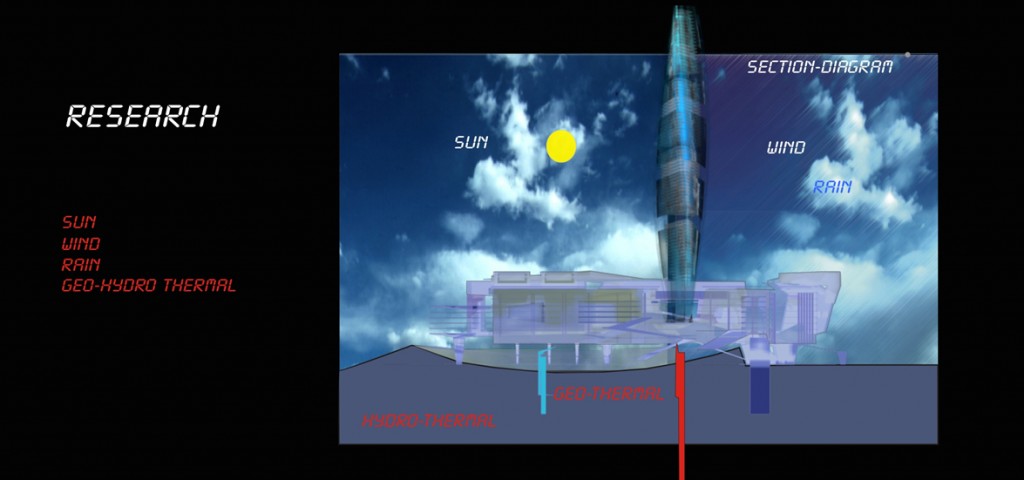
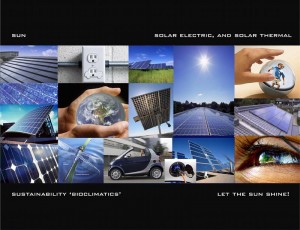
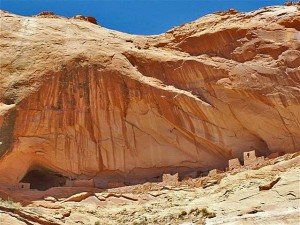
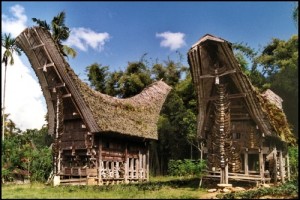
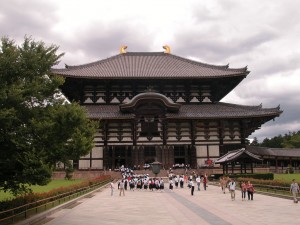
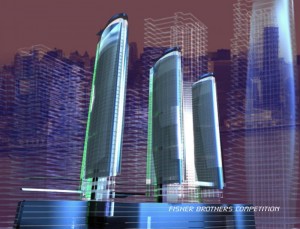
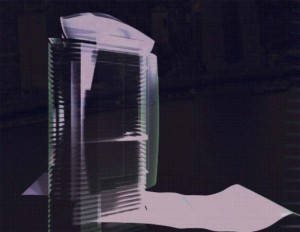
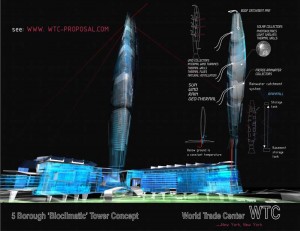
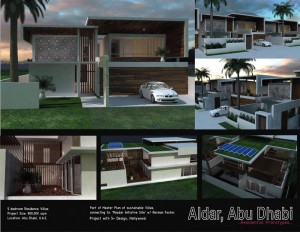
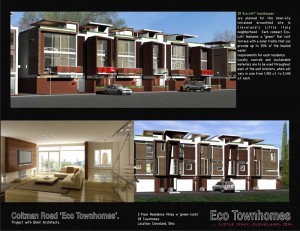
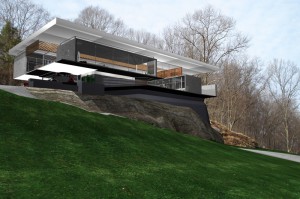
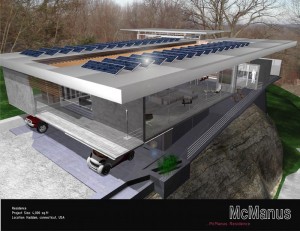
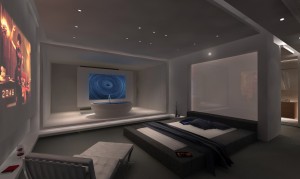
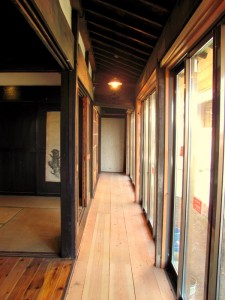
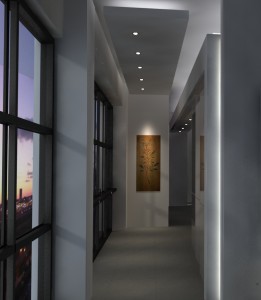
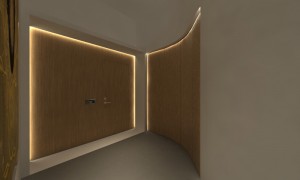
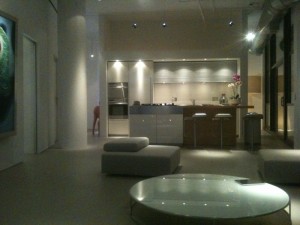
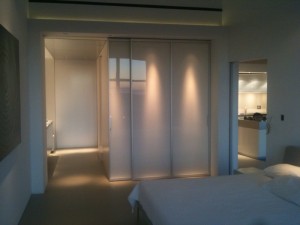
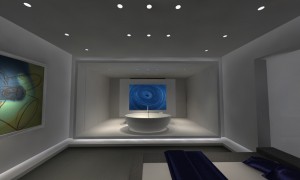
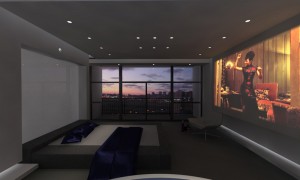
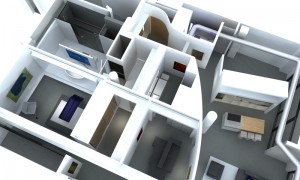
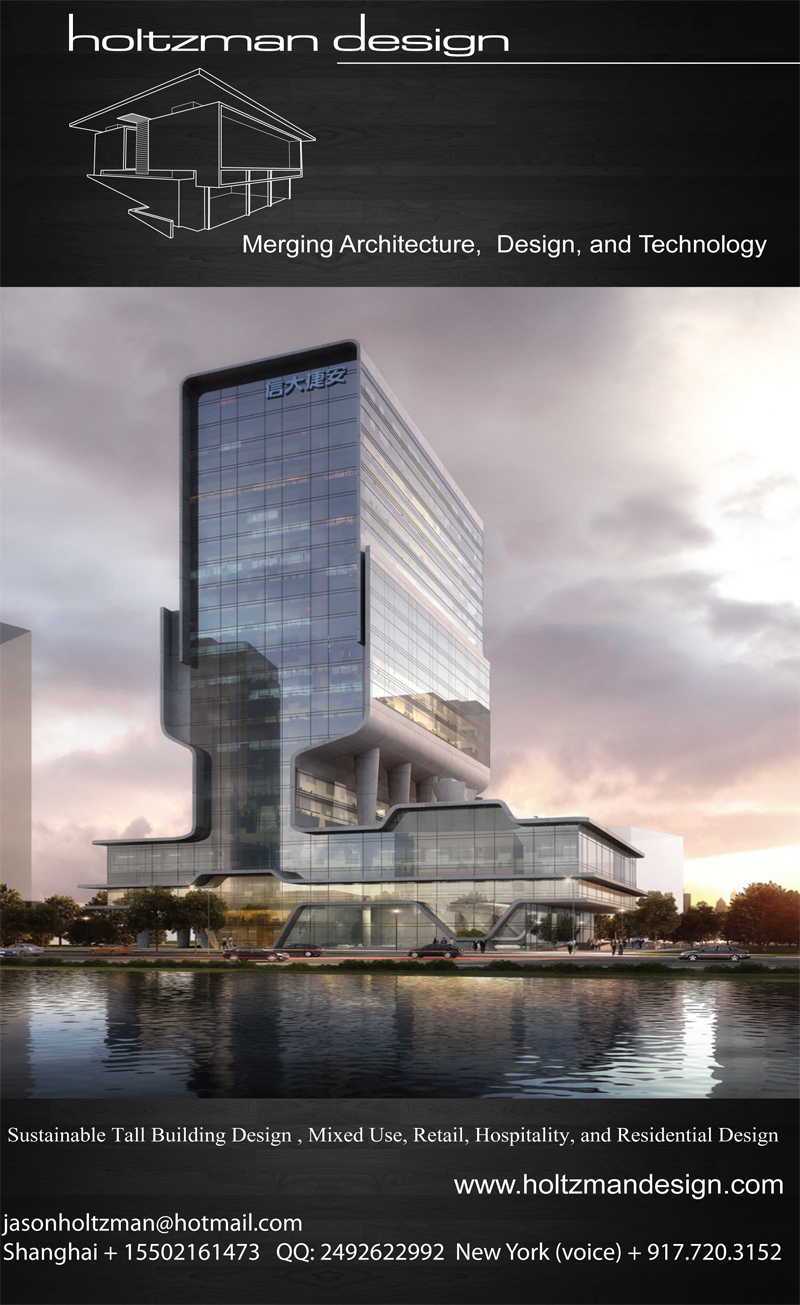
9:12 am, July 5, 2011nora /
good job!